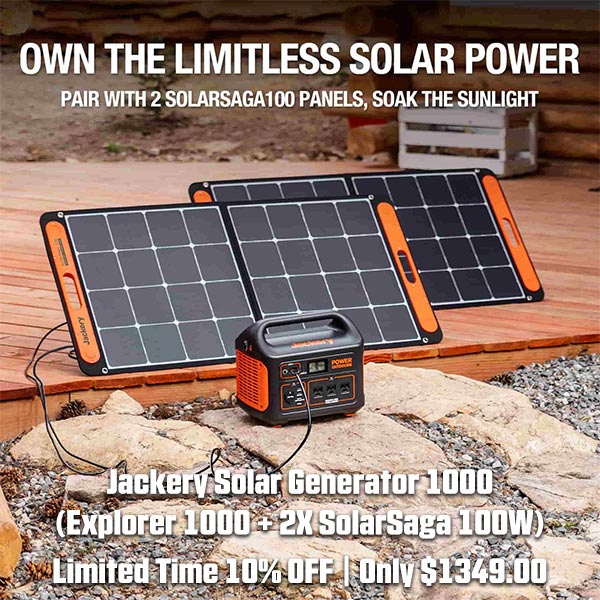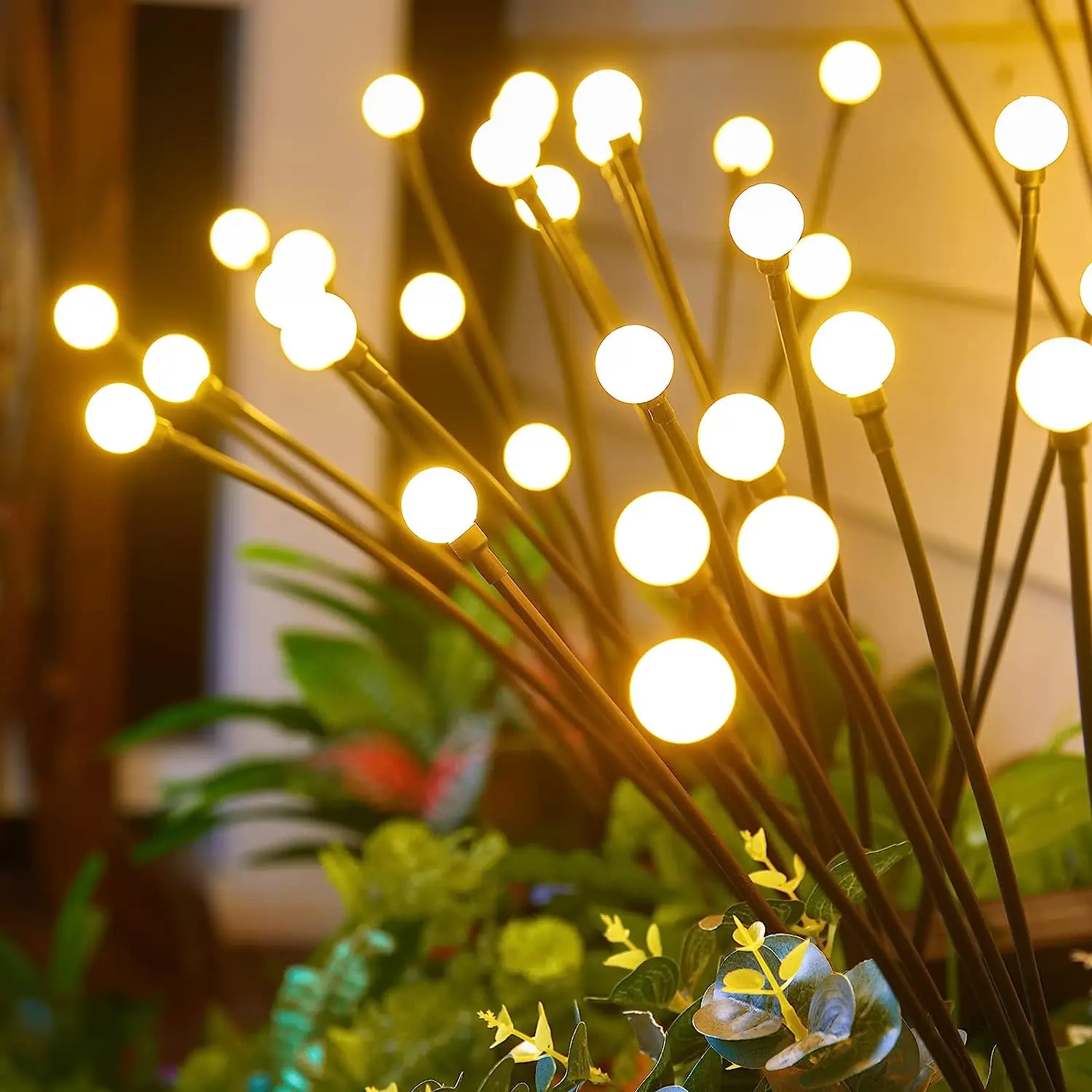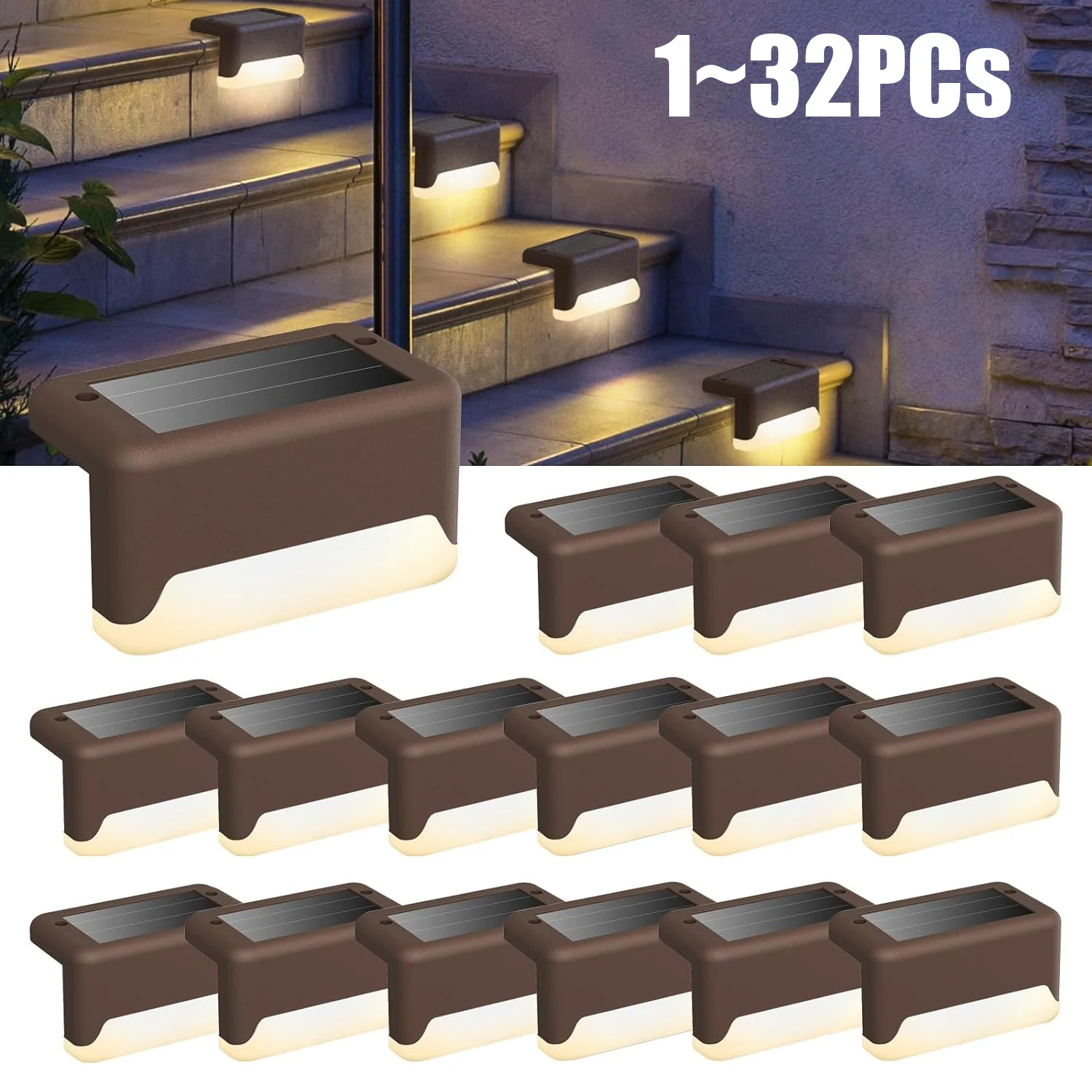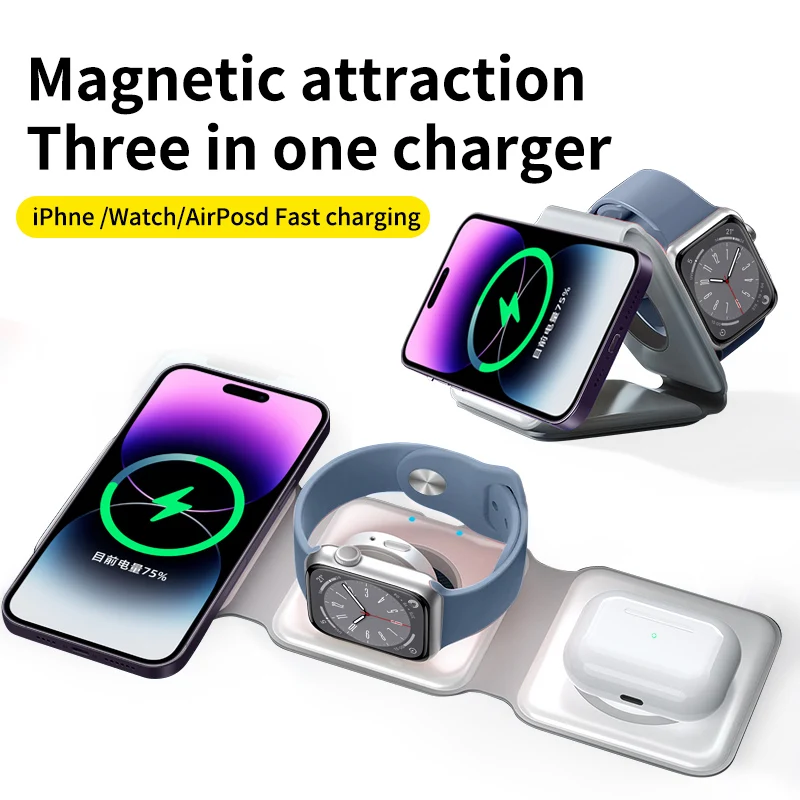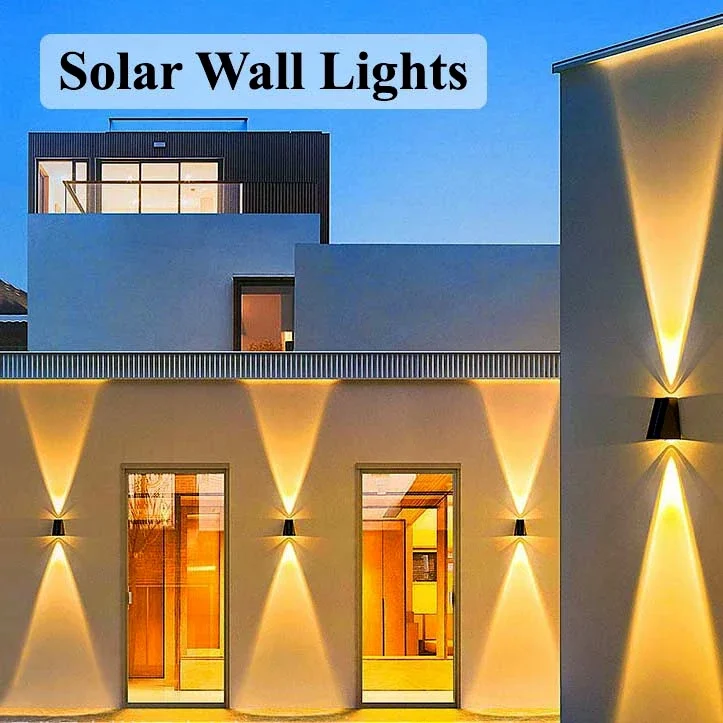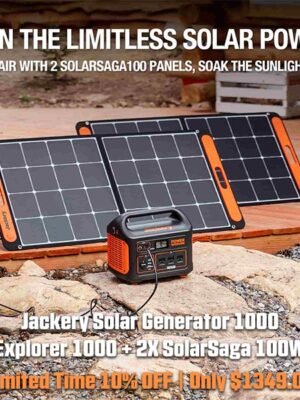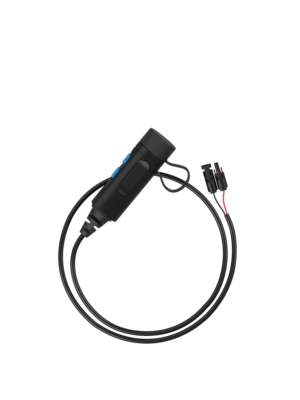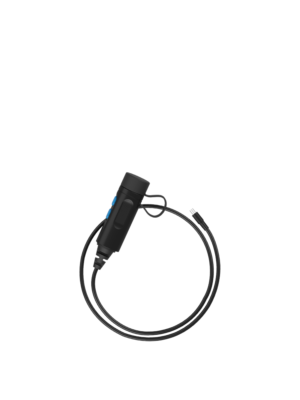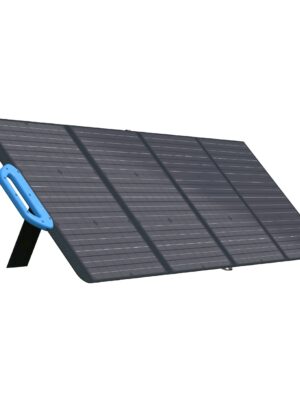Best Solar Ovens For Savings & Emergency Off Grid Cooking
Last Updated: June 28, 2023
Interested In Solar Ovens? You’re In The Right Place!
First off, I LOVE Solar Ovens!
There’s something incredibly satisfying about cooking a meal with the power of the sun.
Harnessing the power of the sun’s rays to slow cook or grill a meal gives me a welling sense of pride.
I enjoy using human ingenuity to capture a little bit of the sun to put warm food in my belly.
And I like knowing that if the power grid were to go down for a long time, I’d still have a way to cook a meal.
Sure, you could cook a meal using fire, but solar ovens don’t require any “extra” resources.
It’s using the “free,” virtually unlimited, readily available fuel and putting it to good use.
It also makes me feel good to lower my carbon footprint.
That’s why I like to cook some of my meals with the sun, and I bet some of those reasons are why you’re here reading this now.
So today, I’m going to use my Engineering, Design, Gear Testing, Backpacking, and Camping background to share everything I know about solar cooking, specifically:
TABLE OF CONTENTS
Best Solar Ovens For Sale
How Solar Ovens Work
What Is A Solar Oven?
Best Solar Oven Features
DIY Solar Ovens & How To Build
Are They A Good Investment?

Do YOU Live In A ‘Danger Zone’ County?
Find out NOW with my Danger Zone County List & Special Report – It’s 100% FREE… Click here now for Instant Access!
Best Solar Ovens On The Market Today
Solar ovens are all the rage in both the “environmental sustainability” crowd and the “self-reliance” crowd.
So as you would expect, solar ovens have ballooned in popularity. And while that tends to be a good thing.
There’s a lot of “marketing” out there to wade through to find the best solar oven for you.
So after much research, here are the following solar ovens you should consider buying:
↓ Solar Cooker – The All-American Sun Oven ↓
2.
SOL COOK All Season Solar Cooker
The SOL Solar Cooker is a newer option to recently hit the market.
It’s both highly portable and can also generate some serious heat. My only concern with this unit is its long-term durability.
I can picture how crushed this thing would get crammed into an overstuffed car trunk.
Other than that, it’s lightweight, gets hot fast, and sells at a fair price.
User Review 1:
Like many, I was astonished at how well this lightweight contraption cooks food. (in February, no less!) It cooks food in the morning, in the evening, in the winter, and at more reasonable times of sunlight too.
User Review 2:
After playing the puzzle game to get it assembled which I understand the complaints about. It was not that easy at all. But once it was together and all the proper places were bent appropriately, which is very important!!!! This thing is amazing actually. It took 1 and 1/2 hours to cook a pork tenderloin.
Pros
- Can reach optimal max oven temps
- Surprisingly lightweight and portable
- A more attractive price vs. other options
Cons
- Long-term durability concerns
- Confusing Assembly
- The bright yellow color may not be to everyone’s liking
We earn a commission if you make a purchase, at no additional cost to you.
↓ All Season Solar Cooker Review & Demo ↓
3.
SunFocus Hybrid Solar Electric Oven
Want a portable electric oven that’s solar-ready as well?
If so, then this SunFocus might be the solar oven you’ve been dreaming about.
I mean, cooking with solar rays is nice and all on sunny days, but what about rainy days?
Well, with a traditional solar-only oven, your SOL. But not with this hybrid.
Use electricity when it’s available, but use it with the sun when it’s not.
User Review:
I have had 2 solar ovens both with back up electric heat if you lose sun power. This one is the BEST YOU CAN BUY…I give this oven 5 stars. It is worth every dollar.
Pros
- Only hybrid option (both electric and solar)
- Very few reviews, so I have less confidence overall
- It doesn’t break down much, so less portable
Cons
- Heavy (30 lbs.) compared to other options
- Most expensive option on this list
We earn a commission if you make a purchase, at no additional cost to you.
↓ SunFocus Hybrid Solar Electric Oven ↓
4.
MrMapMax Portable Oven Solar
The MrMaxMap Solar Oven has a unique shape to help it cook foods FAST.
For example, it claims it only takes 30 minutes to cook a meal in full sun at a max temperature of 550 Degrees F.
That’s impressive for a unit as portable and compact as this.
It comes in just a little over 11 lbs in total. So it’s not too cumbersome to haul around.
User Review:
…it’s a pretty good unit for a solar cooker that uses zero electricity or fuel of any kind. We keep solar cookers on hand for the aftermath of hurricanes, which can leave one without power for extended periods of time, and we use the solar cookers periodically to keep our solar cooking skills fresh. Besides, it’s kinda fun to serve the family a meal cooked by nothing but sunshine while you went about your business doing other things.
Pros
- Can reach super high oven temps (550 Degrees F)
- Acceptable price point vs. other options
Cons
- The size of meals you can make is limited
- Harder to clean than other options
We earn a commission if you make a purchase, at no additional cost to you.
↓ Don’t Buy A Solar Oven Til You See This! ↓
5.
Sunflair Mini Portable Solar Oven
If portability and minimalistic are your top priorities, then this Mini SunFlair Solar Oven is your best bet.
I mean, then the entire oven weighs just over 1 lb!
This kit includes:
- 1 solar oven thermometer
- 1 trivet
- One collapsible silicone pot
- and a handy stuff bag
Just note, this is one of the lower temperatures solar ovens, as it can only reach temperatures of up to 285 F. Of course, temperature varies depending on season and location.
So I think this little Mini Oven is IDEAL for backpacking.
But for car camping or at-home cooking, I’d much prefer the other options.
User Review:
Today at 1:55 pm I threw two eggs (in the shell, no water) in the silicone pot good sun. and set it in the driveway facing the sun. Ambient temperature about 32 degrees, no wind. A little less than 2 hours later, after 2 minor adjustments to face the sun and tilt it forward for the low sun, I decided to check the eggs, with little hope that they were cooked. To my surprise, they were perfectly hard boiled. Not bad for late afternoon in mid-winter. Happy with my purchase, and looking forward to more fun. I’ll probably buy the full sized version soon.
Pros
- Most portable and lightweight option (by far)
- Very reasonably priced vs. other options
- Comes with extras (thermometer, trivet, pot, and bag)
Cons
- A max temperature lower than other options (~285 F)
- Slower cook times (due to lower temps)
- It seems pricy for how tiny it is
- Meal sizes are limited due to the size of the solar oven
We earn a commission if you make a purchase, at no additional cost to you.
↓ Sunflair Mini Portable Oven Test Video ↓
6.
Haines 2.0 SunUp Solar Cooker and Dutch Oven
The Hains 2.2 is a simple but effective solar oven with high user ratings.
It’s quite impressive how minimalistic this design is, yet it produces some serious heat.
And here’s the best part, the small Dutch oven is a part of the kit!
Regarding portability, we’re talking 7 lbs total (including a small Dutch oven).
My only gripe is that you are limited in the size of meals you can make in the small Dutch oven provided.
And swapping a larger Dutch oven could result in drastically different cook times.
User Review 1:
I’m super happy. This oven works exactly as advertised. I bought it for emergency preparedness and to be able to cook in summer without adding heat to our non-conditioned house.
User Review 2:
I’ve also cooked spaghetti using dry spaghetti – again a hot, sunny day with a two hour cook time (spaghetti was perfectly al dente). My third dish was a Cantonese dinner with strips of pork that I did not even brown. I threw it all together (except for the rice) and set it out. This one I started around noon, and had some clouds, so I just left it out until I could see and smell that it was finished. I have no qualms about recommending this solar cooker. It works, it’s fun, and the food is delicious.
Pros
- It comes with a Dutch oven with an ideal size for setup
- Reasonable price compared to more expensive options
- No manufacturer stated max temp
Cons
- Meal sizes are limited due to the size of small Dutch oven
- It takes up some serious space when fully deployed
We earn a commission if you make a purchase, at no additional cost to you.
↓ Hainer 2.0 Solar Cooker Test ↓
Solar Ovens Utilize The Power Of The Sun
It seems like every day; we’re reminded of the benefits of solar power.
The news is full of stories about solar panels and how they make self-sufficiency a reality for many homeowners.
- For some, it’s possible to pair panels with batteries to get off the grid entirely.
- For others, the panels are tapped into the electrical grid to help offset electrical use.
Either way, these large solar systems are expensive and often require a professional installer.
Because you’re dealing with high-voltage electricity – which means DIY is recommended.
But while solar electricity gets the most attention, there are many more ways to harvest the sun.
For example, my neighbors in college had a solar hot water heater on the south side of the house.
A series of vacuum tube pipes allowed them to pre-heat the water going into their hot water heater.
This setup cut down how much they spent on their steaming hot showers.
It was a passive solar-heated system with no moving parts or electrical connections.
That simplicity was what I thought of when I started looking into solar ovens and solar cookers.
And even if you have solar panels, you should still look into solar ovens and cookers.
Why? Because converting the sun’s rays into electricity to run an oven is inefficient.
It takes vast sums of the sun’s power to power it long enough to cook a meal.
And while gas and wood stoves are reliable, they require nonrenewal (costly) fuels such as fossil fuels or wood.
A solar oven allows you to cut the cord, pass on fossil fuels AND leave the woodpile behind!
The bottom line is:
Solar ovens make you more self-reliant.
And if you’ve read some of our other articles (such as generator/” target=”_blank” rel=”noopener” data-lasso-id=”7130″>solar generators, solar phone chargers, and portable solar chargers), you know we love solar for survival, preparedness, and self-reliance!
As A Way To Introduce You To Skilled Survival, We’re Giving Away Our #78 Item Complete Prepper Checklist. Click Here To Get Your FREE Copy Of It.
What Exactly Is A Solar Oven Anyway?
We all eventually get uncomfortable lounging in direct sunlight. In the blazing summer, you can literally “cook” your skin – it’s called a sunburn!
The sun releases vast amounts of energy in the form of electromagnetic radiation.
This radiation includes visible light as well as both infrared and ultraviolet radiation.
In fact, more than half of the solar energy that reaches the Earth comes from infrared radiation.
We feel the infrared waves on our skin as heat – a great example of radiant heat transfer.
What if you could concentrate that hot sun into a smaller space?
If you’re picturing a big magnifying glass, that’s a great example of a simple solar cooker.
From this basic design, solar ovens and cookers branch out into all sorts of unique designs.
But they all have the same purpose:
To concentrate as much infrared radiation as possible into an enclosed, insulated space. Then to trap this building heat to allow for cooking.
Why are we more concerned with infrared waves than visible light?
Well…because of physics.
Infrared waves are FAR more efficient at heating things up.
Clear materials (like glass) allow radiation to pass through but not reflective ones.
Opaque ones absorb infrared light and convert it to thermal energy.
The darker the surface, the more pronounced the effect. So flat black painted cookware can really help with efficiency.
So focusing more infrared radiation on solid foods (or a cooking container) will heat them up faster.
As A Way To Introduce You To Skilled Survival, We’re Giving Away Our #78 Item Complete Prepper Checklist. Click Here To Get Your FREE Copy Of It.
Best Solar Oven Features To Look For
With any gear, there are quality options and cheap options.
So let’s go over some of the best solar oven features you’ll want to look for in your next purchase.
Portability | Weight
Unlike the traditional oven in your kitchen, a solar oven is not a device that sits in one place.
You take it outside on sunny days and bring it back inside when done.
So even if you never intend to take it camping, you’ll still need to haul it around to use it.
So, of course, the lighter, the better, all other things being equal…
But that’s the rub; not all “other things” are equal with different solar ovens.
So you must take all solar oven features into consideration before making a final decision.
Size | Dimensions
You’ll want to know the size of the meals you plan to cook.
For example, you may want to double-check the size of your “slow cooker” cookware.
You’ll definitely want it to fit with ease.
But if you intend to cook with a solar oven on the go, you’ll want something more portable or at least breaks down easily.
Power | Efficiency
With solar ovens, this is where quality differences are most profound.
For solar ovens to work as intended, the devices must do an excellent job of capturing and focusing the solar rays.
Because there’s a large difference between a sloppy DIY solar oven and a quality constructed one, and that difference comes in how much heat the device can generate.
And how much heat it can hold and the temperatures it can maintain over extended periods.
Make sure to read over many user reviews to ensure your new solar oven performance can match your expectations.
Durability
This feature is a bit tricky.
Why? Because some solar ovens are constructed out of wood frames.
While others are made from reflective lined cloth.
With wood, you want your solar oven to be solid and rigid.
With cloth, flexibility is fine as long as it doesn’t rip or tear with use.
So it isn’t easy to compare such two drastically different builds apples to apples.
So I advise you to choose the “type” of solar oven you want and THEN compare the construction specs.
Price
The first time I saw the price of a solar oven, I was floored.
I couldn’t believe such a simple “box” cost several hundred dollars. And while the price seemed “too high,” the reviews for this device were fantastic.
While on the other hand, I found some cheap alternatives, but the reviews were very mixed.
So like most things in the gear space, you tend to get what you pay for; if you go cheap, you may waste your money.
Types Of DIY Solar Ovens (& How To Build Them)
Magnifying Glass
As I said earlier, a magnifying glass can work as a solar cooker.
However, it’s generally pretty small, and it takes a lot of work to focus the light on an object.
I wouldn’t count on heating up much more than a few grains of rice at a time with a handheld magnifying glass.
And by the time you scaled it up large enough to be useful, the lens would be so heavy and bulky it wouldn’t be worth carrying.
Stick to using a magnifying glass instead of a solar cooker as a fire starter.
So pass on this type of solar cooker.
Fresnel Lens
Stepping up from a magnifying glass is a Fresnel lens.
Fresnel lenses are good at directing light.
In fact, they were used for hundreds of years in lighthouses to focus light on ships at sea.
You can find plenty of Fresnel lenses for sale on Amazon, both in glass and plastic.
While a large Fresnel lens is excellent at focusing solar energy, it does so at a relatively small point. And they are highly sensitive to the angle of sunlight.
This means that a Fresnel lens solar cooker will be efficient, but they need a lot of tending.
I built one with a 24” lens, and it’s compact, lightweight, and durable.
It’s powerful enough to boil a pot of water quickly. But due to the small focus point, it isn’t easy to use in cooking larger items.
However, it can be done with some ingenuity (watch the video below).
↓ DIY Fresnel Lens Solar Cooker ↓
Outside of cooking, it’s also a very capable firestarter – and I’ve even used it to melt scrap lead!
Reflector Cooker
Leaving behind lens designs, many people interested in solar cookers turn to reflectors.
Simple reflector solar cookers can be built with flexible solar shields.
Like the reflectors, you see inside the windshield of many cars.
For under $20, you can pick up all the materials necessary to build your own.
These designs can be incredibly lightweight and compact in a pack.
Plus, they’re among the only solar cookers that would travel well on foot.
↓ How To Use A Car Sun Shade To Cook Food ↓
Commercial models that use much more durable materials and improved cooking surfaces are available.
Paired with heat-resistant cookware, these make an excellent solution for solar cooking!
↓ Sunflair Solar Oven Review ↓
Box Cooker
A box cooker can be as simple as a cardboard box lined with aluminum foil.
I’ve seen pizza boxes converted to solar cookers that were effective and super cheap.
It won’t fry an egg but can hit slow cooker temperatures.
If you want something more efficient, check out the Sun Oven.
The solid wood box is well insulated, with a dark-painted interior to absorb heat and a clear top to trap it inside.
The side panel mirrors focus more energy into the box, allowing it to hit 200-300deg easily.
I haven’t had a chance to use one of these, but I think I might build one this winter for use on camping trips next summer.
The plans look straightforward and easy to follow.
↓ DIY Homemade Solar Oven – Super Hot ↓
If you’re not into DIY, go with a Sun Oven.
It features an efficient reflector and aiming system.
This helps to concentrate all available solar energy into the solar cooker.
They can reach temperatures that rival your standard in-home oven.
So they’re capable of baking loaves of bread and cooking meats.
↓ All American Sun Oven Review ↓
Parabolic Mirror
A parabolic mirror reflects light off a curved surface and back to a focus point in the middle.
Their shape is like a satellite dish or an umbrella.
Both of those items can serve as the base to build a parabolic mirror cooker.
Like a Fresnel lens, a parabolic mirror focuses its energy on a tiny spot.
This can make cooking larger items difficult.
However, it’s much less sensitive to sun angle, making it a more hands-off design than the other lenses.
Parabolic mirrors come in all kinds of materials and sizes.
You can even build your own with a few things out of your survival cache now!
As with all solar cookers, size matters, and a larger mirror will collect more energy and cook faster.
Some segmented parabolic mirrors provide a reflective surface several feet in diameter.
These mirrors are hard to DIY since the shape is crucial to focusing energy on the cooking pot.
Unless, of course, your neighbor tosses out their old 5-foot-wide satellite dish!
If so, snag it and get to work.
↓ DIY Parabolic Solar Cooker ↓
Parabolic Trough Cooker
A parabolic trough uses the same curved reflective surface as a circular parabolic mirror.
But, it stretches that surface out along one axis into a long channel.
Instead of a single focal point, this creates a long line of focused energy.
If you align the trough with the sun’s path, the light can be focused for hours without maintenance.
This hands-off time can free up resources and make dinner prep much easier.
Like other parabolic mirrors, these are a much more challenging DIY build.
Instead, look at purchasing something like the GoSun Portable Solar Cooker.
This stove has a vacuum tube cooking chamber providing a near-perfect layer of insulation, keeping the heat in and cold out.
Perfect for cooking with small children while keeping the kitchen cool during the summer.
↓ Insane Solar Cooking With The GoSun Stove ↓
So Which Solar Oven Is The Best?
“Best” is a very subjective word since each type has its own pros and cons.
It also depends on what you’re looking for.
Some solar ovens are easier to build (like the reflective oven or box oven) – while the parabolic trough cooker is not very DIY-friendly.
Also, are you planning to travel with it? If so, the solar dish parabolic cooker is not a good option…
Here’s a good comparison video to watch from Tiny House Giant Journey that may help you decide:
↓ Solar Cooker Comparison For Off-Grid Living ↓
As A Way To Introduce You To Skilled Survival, We’re Giving Away Our #78 Item Complete Prepper Checklist. Click Here To Get Your FREE Copy Of It.
Are Solar Ovens Worth The Investment?
Clearly, solar cookers and ovens have some limitations.
As with any solar system, they depend on bright, direct sunlight to be effective.
This limits your cooking to daylight hours and decent weather.
Solar cooking is often slower than other cooking methods.
This means you may have to be in camp for longer and plan your day around the timing of cooking tasks.
Due to the size of the cooking vessel, it may also be challenging to cook for a large group.
A clean, fuel-less cooking system has many benefits if you can work with these limitations.
It’s silent, generates no smoke or soot, and can run as long as you have sunlight.
A lightweight solar cooker can often weigh less than a comparable traditional stove.
Plus, it doesn’t need heavy, costly fuel.
While I wouldn’t likely make it my primary cooking system in the cloudy Pacific Northwest.
I’ve certainly come to enjoy using my Fresnel lens solar cooker.
And I plan to build and experiment with other designs in the future.
Jason K.
Find out now using my Danger Zone County List & Special Report it’s absolutely FREE.
In minutes you’ll know EXACTLY where you stand and if you should be worried or not..
So click here to get my FREE Danger Zone County List & Report….
Click on the image to get the List & Report for FREE and find out if YOU live in a ‘Danger Zone’ County…”

Get My 10 Steps To Basic Preparedness Video For FREE.
Plus daily survival tips (unsubscribe anytime).
Recommended Reading
Please Support Our Sponsors
Solar Power Generator Discounts Along With Free Shipping
- 10% OFF for Jackery Solar Generator 2000 Pro Series with code "JADEAL"
- 10% OFF for Jackery SolarSaga 200W Solar Panel with code "JADEAL"
- 10% OFF for Jackery Solar Generator 1500 Series with code "JADEAL"
- 10% OFF for Jackery Solar Generator 1000 Series with code "JADEAL"
- 10% OFF for Jackery Explorer 1500 Portable Power Station with code "JADEAL"
- 10% OFF for Jackery Explorer 1000 Pro Portable Power Station with code "JADEAL"
- 10% OFF for Jackery Explorer 500 Pro Portable Power Station with code "JADEAL"
- 10% OFF for Jackery Explorer 300 Pro Portable Power Station with code "JADEAL"
- 10% OFF for Jackery SolarSaga 100W Solar Panel with code "JADEAL"

The University of Georgia is represented by the Georgia Bulldogs . The Bulldogs participate in the Southeastern Conference's (SEC) Eastern Division of the NCAA.
They play their home games in the storied Sanford Stadium in Athens, Georgia. The first season in Georgia was in 1892. In 1942, 1980, and 2021, the Georgia Bulldogs won three national championships.
The Georgia Bulldogs have additionally been crowned the National Champion in four additional seasons by at least one polling organization (1920, 1927, 1946 and 1968).
The Georgia Bulldogs are tied for second place in conference history with their 15 conference titles, including 13 SEC titles, and their 59 bowl appearances, which ranks second all-time.
In addition, the program has produced five top picks in the National Football League (NFL) draft, two Heisman Trophy winners, numerous winners of various national honors, and many others.

Longhorns football represents the University of Texas in Austin often known as Texas, UT or the Texas Longhorns. The Longhorns represent the Big 12 Conference in the NCAA Division. They play in Austin, Texas, at the Darrell K. Royal-Texas Memorial Stadium.
The Texas Longhorns are ranked third and seventh, respectively, in terms of all-time wins and win-loss records, with over 900 victories and an overall win-loss percentage of.705.
The legendary program also boasts four national titles, 32 conference titles, 100 First Team All-Americans, and two Heisman Trophy winners.
Get your Texas Longhorns Revival T-Shirt today. The Texas Longhorns Rustic Revival shirt is also a fan favorite.
Many college sports fans like to wear their gear all around town, get your Texas Longhorns Centered gear and show your support.






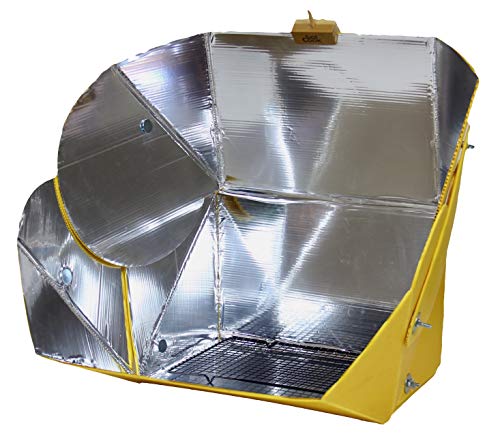

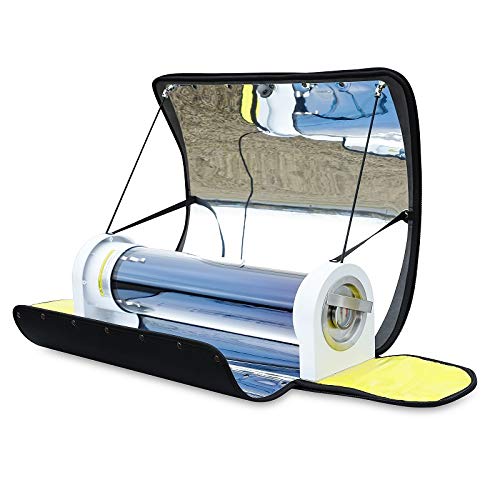
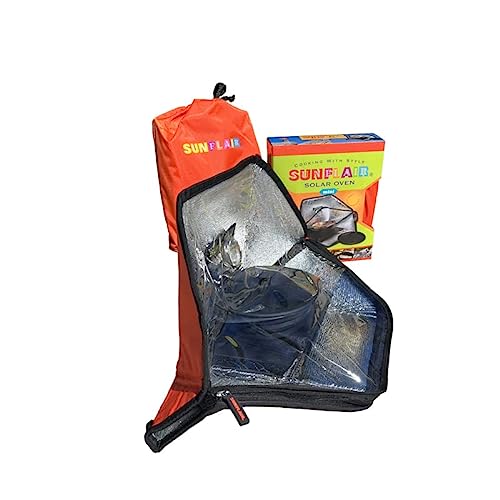


 Gettr
Gettr